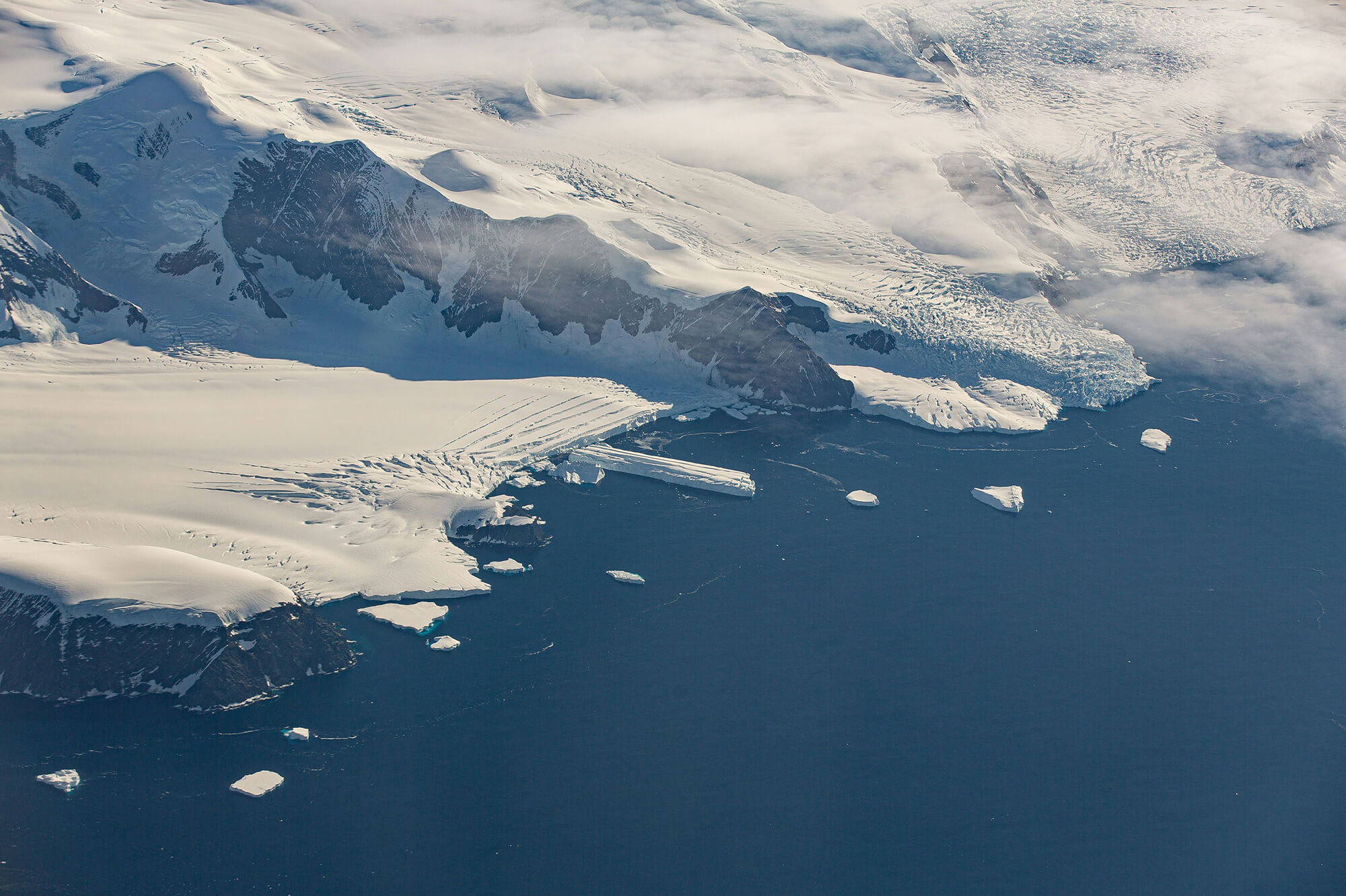Story
“A stark reminder”: Record-breaking CO2 Levels Recorded for Earth’s Polar Regions
21 March 2025
The International Cryosphere Climate Initiative (ICCI) has announced that atmospheric CO2 levels surpassed the key threshold of 430 parts per million (ppm) for the first time.

Daily average atmospheric carbon dioxide (CO2) levels have exceeded 430ppm for the first time since records began, and likely for the first time in at least 3 million years, “raising a red flag that today’s fossil fuel emissions are pushing the climate into greater and more deadly extremes” according to the International Cryosphere Climate Initiative (ICCI), a network of senior policy experts and researchers working with governments and organizations to preserve as much of the Earth’s cryosphere (the frozen parts of the Earth system) as possible.
Measurements from the Mauna Loa Observatory recorded daily average CO2 levels exceeding 430ppm twice in early March, reaching a record high of 430.60ppm on March 7th. This monitoring station maintains the world’s longest record of measurements of atmospheric CO2, charting the accumulation of greenhouse gases in Earth’s atmosphere since 1958.
The milestone is particularly concerning for polar and temperate ocean regions where marine life is already experiencing the detrimental effects of changing ocean chemistry. Approximately 25% of carbon emissions are absorbed by the Ocean, leading to increasing acidification as CO2 dissolves in seawater to form carbonic acid. This chemical change makes it increasingly difficult for shell-building marine organisms to build and maintain their calcium carbonate structures, threatening the foundation of marine food webs.
“The news that the 430ppm CO2 concentration in the atmosphere has been reached is extremely disappointing and worrying,” said PML’s Professor Helen Findlay, who is a science expert member of the ICCI High Urgency Group.
“We’re still emitting an alarming amount of CO2, given the climate crises, and this should be a stark reminder to the world that we need to get on track with emissions reductions and the energy transition. A quarter of that carbon is going into our oceans and continuing to cause acidification, as we showed in our recent report on Ocean Acidification status around the UK and Ireland.”
“Acidification will take thousands of years to recover from, so the more CO2 going in, the more we are committing to another impact on our ocean’s health.”
The ICCI highlights that the current rate of ocean acidification is unprecedented in the last 300 million years. If international commitments are not strengthened at the upcoming COP30 in Brazil, it notes, CO2 levels could exceed 500ppm by 2100, potentially doubling acidity in both polar oceans and devastating marine ecosystems worldwide.
PML researchers emphasize that this milestone reinforces the urgent need for immediate action to reduce greenhouse gas emissions. While keeping warming close to 1.5°C remains essential and technically achievable, the window for action is rapidly closing.
“This upward trajectory is a direct result of continued fossil fuel use, likely exacerbated by emissions from extreme wildfires last year, methane leaks from fossil fuel extraction and possibly greater permafrost emissions, alongside decreased ability of very warm oceans to absorb CO2,” said Dr. James Kirkham, Chief Scientist of the Ambition on Melting Ice coalition of governments.
“While largely symbolic, passing 430ppm should be a wake-up call, especially given the accelerated response we are seeing of glaciers and ice sheets to current warming.”
The most ambitious mitigation measures outlined by the IPCC Sixth Assessment Report to slow and reverse climate change have CO2 levels peak at 430ppm. Paired with the fact that 2024 was the hottest year since records began in 1880, rising above the 1.5°C for the first time, these pressing realities “serve as a distress signal for the planet.”
“This silent tragedy in our polar oceans is occurring in parallel to the damage we see to the world’s ice stores,” said Pam Pearson, Director of the International Cryosphere Climate Initiative. “But it is no less important, and even more irreversible: ocean acidification takes 30-50,000 years to buffer out, even once CO2 returns to lower levels.”
Earth’s polar oceans provide a vital service to the global climate system: by absorbing CO2, they limit global warming, despite sharp increases in human carbon emissions since the pre-industrial era. However, this carbon absorption comes at a cost for marine environments.
“Breaking the 430ppm level of CO2 in the atmosphere is a tragic threshold, but only underscores the need for a focus on immediate greenhouse gas emission cuts – keeping warming close to 1.5°C remains essential and achievable, but barely,” said Dr. Joeri Rogelj, IPCC lead author, of Imperial College London.